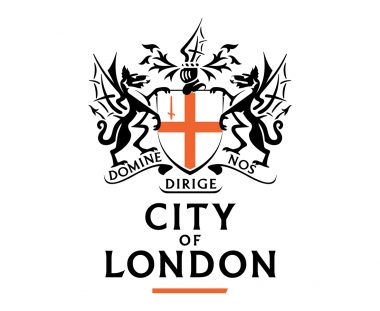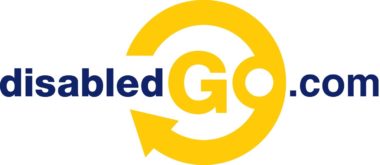Wow, how far we have come! I am old enough to remember encyclopaedias, where there was a very thick book for each letter of the alphabet. These books contained some very interesting information, along with pictures and facts from around the world. Although, this information was just a drop in the ocean, anything else that you needed to know, you had to organise a visit to the library and get a book out on the subject. Even then, this was normally a one-sided view on the information you were given.
Now, we have the internet. The information that can be found online is so vast that one person couldn’t possibly get all the information on one subject if they tried, as they would not have the time. In addition, there are different sides presented with all the information, some good and thought-provoking and some not helpful at all, but as an individual it is up to you what you want to read or believe.
The History of World Wide Web Day
Can the information on the World Wide Web (WWW) be accessed by all?
In the late 80s (1989-1994), the WWW launched across the world, which was a great feat. Yet, thirty years later, the web still is not accessible for all.
There is a great number of the population that can get on the WWW, but can’t always choose which website they can access their information from. This is due to some platforms being inaccessible, preventing users of assistive technology from navigating or interacting with a platform, or because of the way that content is presented which creates a barrier for people to digest or understand it. As a result, millions of people can’t gain access to either side of the information given, or not be able to access it at all, due to that information only being on that one website.
However, assistive technology was around in the late 1980s, to allow people to have access to computers. Sadly, even now, it is still the case that most websites are inaccessible, or only partly accessible.
Going back to the encyclopaedias, imagine after spending the money and time to collect all of the volumes, only to find that some of the pages were smudged and you could not read the text, or where there should be a nice glossy picture there was just a blank space. You would not be happy would you? This is just the same as some websites on the internet.
Still, digital accessibility is getting better, due to organisation’s beginning to realise the need to prioritise people’s individual needs and requirements within the world, but there’s still a way to go yet.
Digital Accessibility And The Law
In the UK, the government acknowledged the vast problems with platforms not being inclusive and from 2020 made it the law that all public sector platforms were legally required to be accessible for all. However, unlike several other countries, we have not yet made it a legal requirement that all domains are accessible. If this were the case, then individuals would be able to take any company to court if they failed to provide an accessible website.
Here at Shaw Trust Accessibility Services, we assist companies that realise that the internet, and therefore their website, should be accessible and help them to stay compliant with the law and provide an equal online experience for all users.
The World Wide Web And Accessibility Standards
As a result of organisation’s understanding that not everyone could read or access the information given on the web, due to inaccessibility, guidance was created on how to achieve building an accessible site. This guidance is known as Web Content Accessibility Guidelines (WCAG). These guidelines should make the WWW accessible to 99% of people, yet the only way for this dream to become a reality is if all organisation’s adhere to them.
Find out more information about WCAG and why web standards are important.
Conclusion On An Accessible Web
We have come so far over time with digital accessibility, yet we still have a way to go to get to a point where everyone can have equal access to the World Wide Web.
All the tools and guidance is there to give the majority of people access to the WWW. With WCAG guidelines for developers and content editors being in place to follow, along with organisations, such as Shaw Trust Accessibility Services, who are here to assist you by double checking that your platform is providing an inclusive user experience, there’s no reason for the internet to be inaccessible.
Our manual assessors, who have varying impairments and rely on assistive technology in daily life, have lived experience and know exactly what is needed from your online space. If you think your website, or know of a website that is inaccessible, then contact Shaw Trust Accessibility Services or request a free website accessibility snapshot, where a short report is created to suggest how accessible the platform is.
Here’s to creating an accessible World Wide Web for all.







